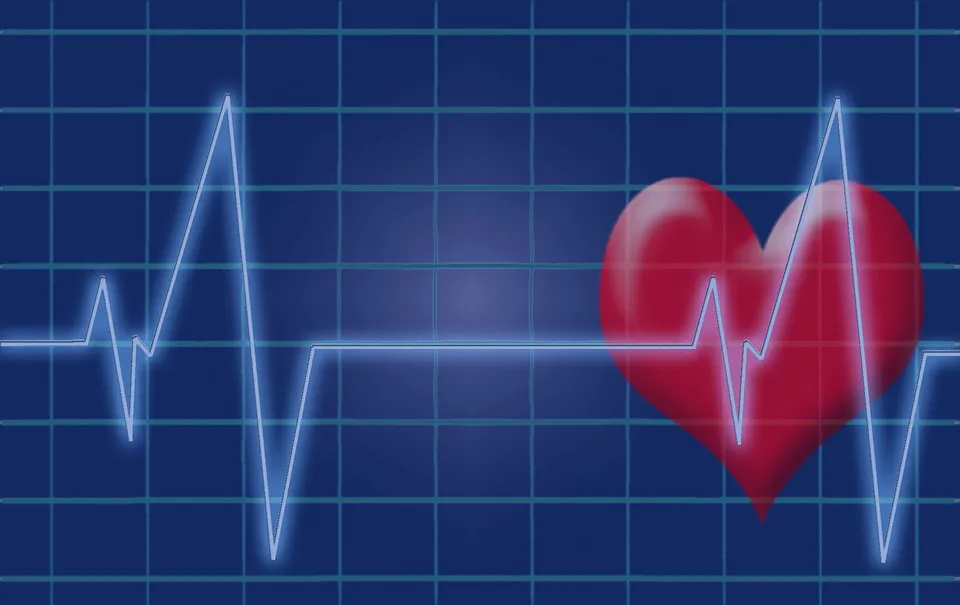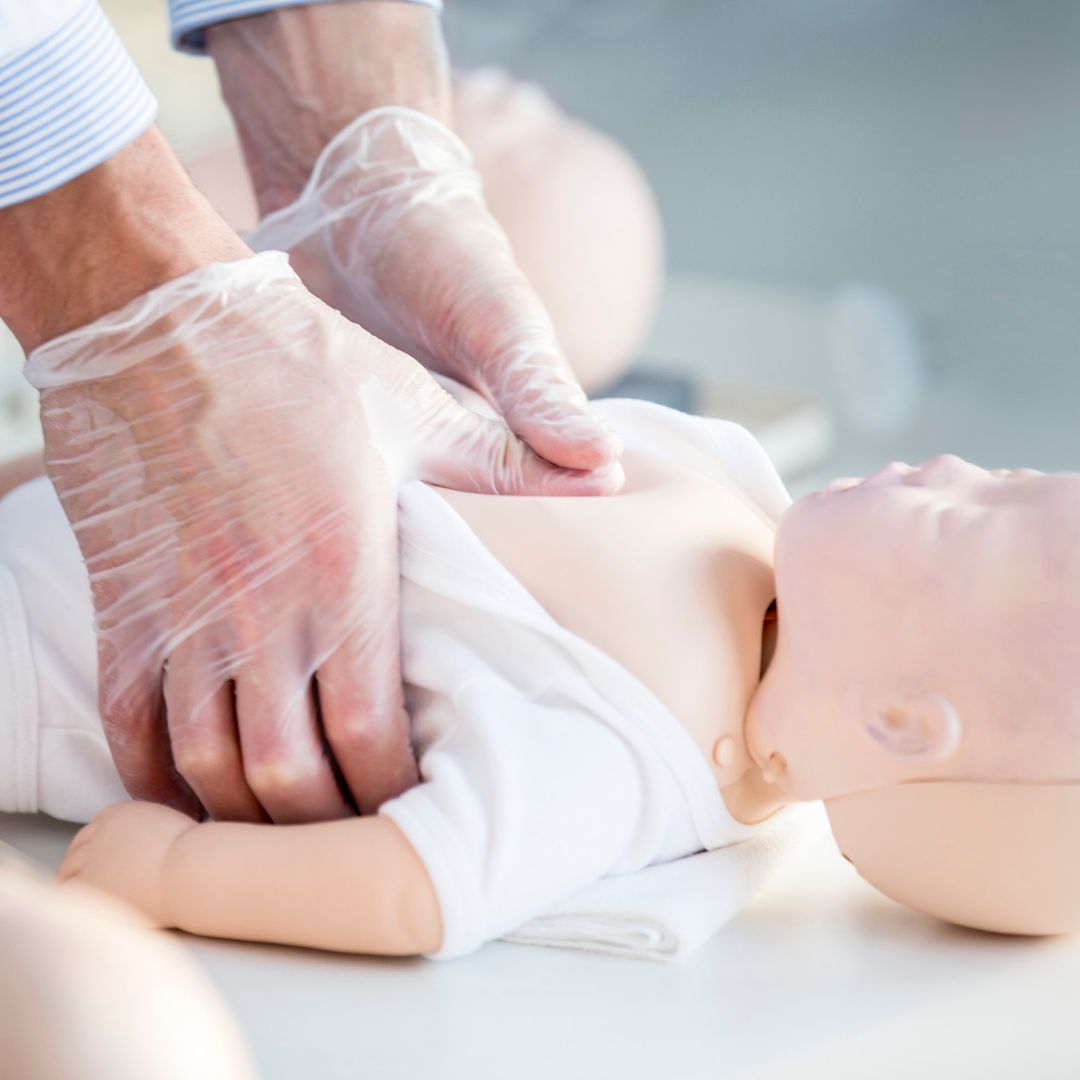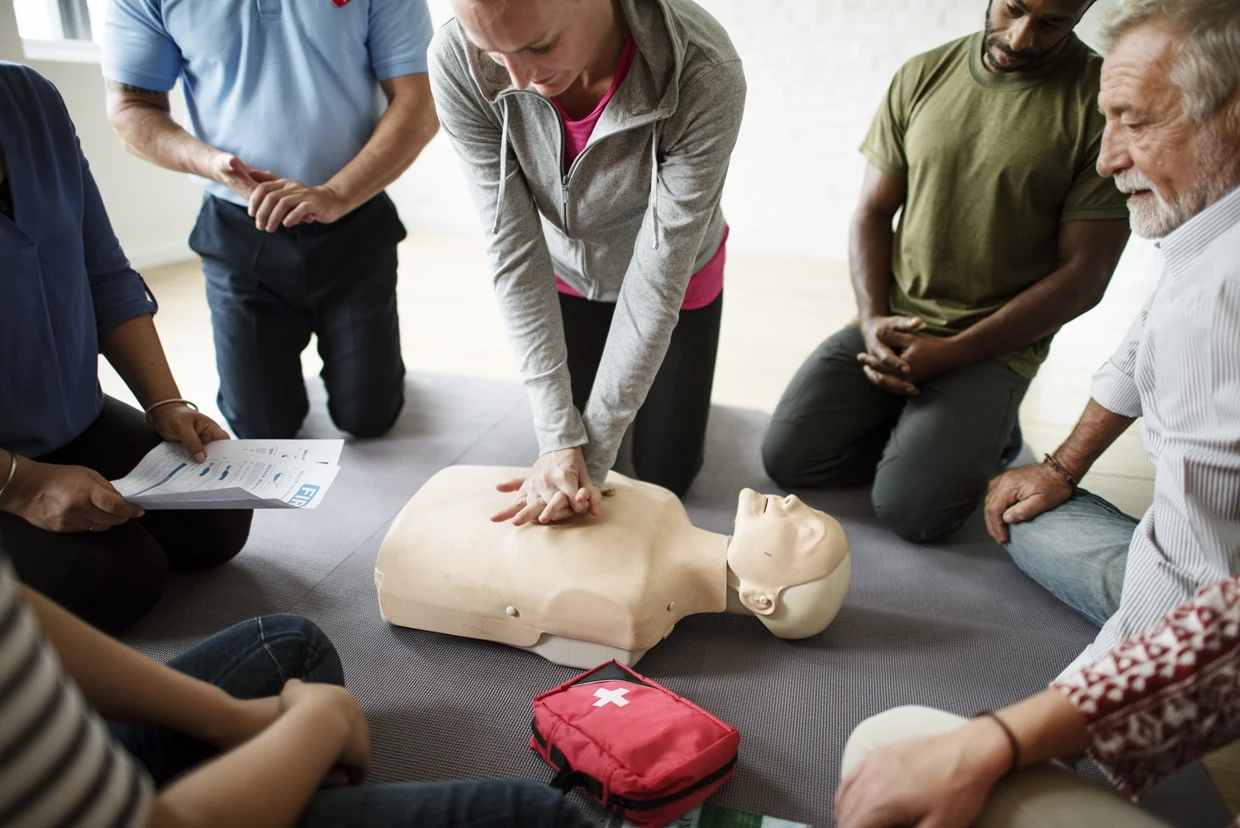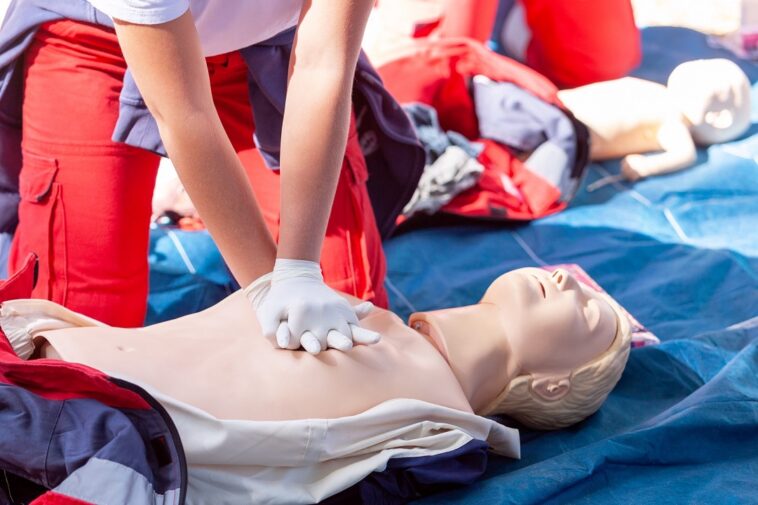The ability to save a life in a critical moment is a skill so powerful yet so underappreciated, and CPR, or Cardiopulmonary Resuscitation, epitomizes this capability. CPR is a life-saving technique, vital in situations where someone’s breathing or heartbeat has stopped, such as during drowning or a heart attack. This article aims to elucidate the immense importance of learning and implementing Cardiopulmonary Resuscitation, enriching the reader’s understanding of its basic principles, the pivotal nature of immediate response, and the immense impact it can have on survival rates.
The Basics of CPR
Cardiopulmonary Resuscitation (CPR) is a life-saving medical procedure aimed at reviving someone who’s heartbeat or breathing has ceased. Cardiopulmonary Resuscitation combines chest compressions and rescue breaths to maintain the flow of oxygen-rich blood to the brain until further measures can be taken to restore spontaneous blood circulation and breathing. It’s a crucial intervention during cardiac arrest, a medical emergency when the heart stops beating, causing a halt in blood circulation.
CPR is necessary in numerous life-threatening situations, such as severe allergic reactions, drowning, and choking, where immediate response can mean the difference between life and death. The process involves rhythmic compressions to the chest to pump the heart and supply blood to the brain and vital organs, coupled with rescue breaths to oxygenate the blood.
The Critical Importance of Immediate Response

Time is the essence in cardiac emergencies. Swift action in initiating CPR is crucial as, for every minute delay, the chance of survival decreases by 7-10%. Studies indicate that immediate CPR can double or even triple the chances of survival after cardiac arrest. It’s stories like that of a passerby saving a young athlete’s life by administering Cardiopulmonary Resuscitation or a teenager rescuing a child from drowning and reviving him with CPR that exemplify its profound importance. This is why you need to undergo MyCPR NOW training and hone this life-saving skill.
Common Misconceptions About CPR
Despite its critical nature, misconceptions surrounding CPR are rampant. Many believe it’s a skill reserved for medical professionals, undermining the role laypeople can play in saving lives. Some think performing Cardiopulmonary Resuscitation incorrectly can cause more harm, causing hesitation in emergencies. Addressing such misconceptions is vital, and awareness regarding the simplicity and accessibility of CPR is crucial to encourage more people to get trained.
CPR Training and Certification
Formal CPR training is crucial to effectively understand and implement life-saving actions. Many globally recognized organizations, such as the American Heart Association and the Red Cross, offer Cardiopulmonary Resuscitation training and certification, highlighting its invaluable role in every person’s basic knowledge set. These trainings focus on practical demonstrations and theoretical knowledge, ensuring participants are well-equipped to handle emergencies. The importance of becoming CPR-certified extends beyond mere knowledge acquisition; it empowers individuals with the confidence to make swift decisions and act promptly during life-threatening situations, potentially making a profound difference in the outcomes of such events.
The Chain of Survival
The Chain of Survival illustrates a sequence of critical actions that, when performed in quick succession, maximize the likelihood of survival following a cardiac arrest. This chain comprises several indispensable links: immediate recognition of cardiac arrest and swift initiation of the emergency response system, prompt execution of high-quality CPR to maintain blood flow to vital organs, early defibrillation to reestablish an effective heart rhythm, provision of efficient advanced life support, and meticulous post-cardiac arrest care to optimize patient recovery. Laypeople, as immediate responders, have an invaluable and irreplaceable role in initiating this chain, highlighting the urgent need for widespread Cardiopulmonary Resuscitation knowledge and training to improve community resilience and response in emergencies.
Hands-Only CPR vs. Conventional CPR

Both hands-only and conventional CPR are pivotal, with the first primarily involving chest compressions and the latter integrating compressions with rescue breaths. The appropriate application of each depends on specific circumstances, the responder’s training level, and the victim’s condition. Hands-only Cardiopulmonary Resuscitation serves as a simpler yet highly effective alternative, particularly helpful for untrained bystanders. It provides an accessible entry point into life-saving actions, reducing hesitancy and encouraging wider community participation in learning and implementing CPR, thereby fostering a proactive approach to emergency response.
A Step-by-Step Guide to CPR
Comprehending the meticulous step-by-step process of performing CPR is indispensable. This includes thoroughly assessing the environment for potential safety risks, promptly calling 911 for professional medical assistance, meticulously evaluating the victim’s condition, and initiating compressions and rescue breaths in a systematic manner. Providing clear, concise instructions differentiated for adults, children, and infants is crucial to accommodate the varied needs and anatomical differences of each age group. Moreover, reinforcing the urgency of calling emergency services before starting Cardiopulmonary Resuscitation is crucial to ensure a holistic and effective response to the emergency.
CPR and Automated External Defibrillators (AEDs)
AEDs play a vital role in maximizing the efficiency and success rate of CPR. These advanced devices are designed to assess the heart’s rhythm and deliver a calibrated electric shock to reinstate a regular heartbeat in instances of cardiac arrest. The increasing ubiquity of AEDs in public venues such as malls, airports, and schools marks a substantial progress in public health preparedness, ensuring immediate availability and response in cardiac emergencies, thus potentially preventing irreversible damage and augmenting chances of survival.
Legal Protection and Good Samaritan Laws
Good Samaritan laws act as a safeguard, providing essential legal protection to benevolent individuals assisting those in distress or danger. The existence of such laws is foundational in motivating people to offer help without the apprehension of potential legal backlash, promoting a sense of communal responsibility and altruism in emergency situations. By fostering a supportive and responsive community environment, these laws reinforce the societal importance of mutual aid and cooperation in saving lives, enhancing the overall resilience and emergency responsiveness of the community.
Making CPR Accessible to All

The initiatives to render CPR more accessible are quintessential in a society marked by diverse needs and constraints. A plethora of online resources, interactive courses, and instructional videos are at one’s disposal, addressing and overcoming barriers such as time constraints, geographical limitations, and financial restrictions. These platforms are instrumental in democratizing access to life-saving knowledge, enabling a wider audience to acquire, refine, and implement this essential skill, thereby contributing to the creation of informed and empowered communities capable of effective emergency response.
Conclusion and Call to Action
In conclusion, learning CPR is a profound responsibility and an invaluable skill that has the potential to save lives. By debunking myths, understanding the basics, and acquiring training, we can all become vital links in the Chain of Survival. The call to action is clear: learn Cardiopulmonary Resuscitation today, and empower yourself with the ability to make a monumental difference in someone’s life.




